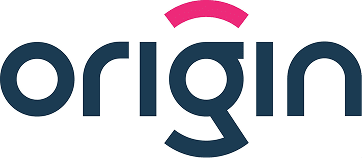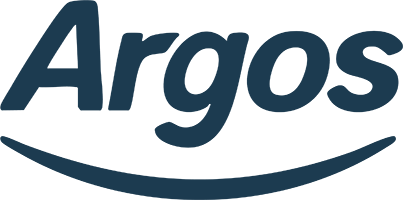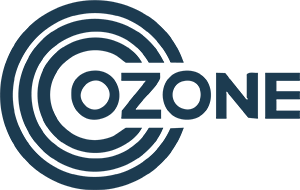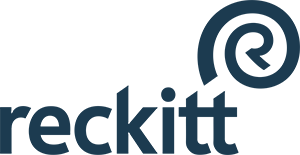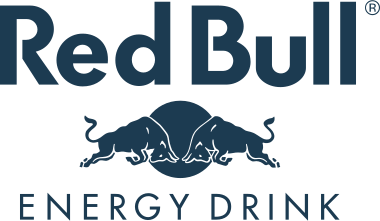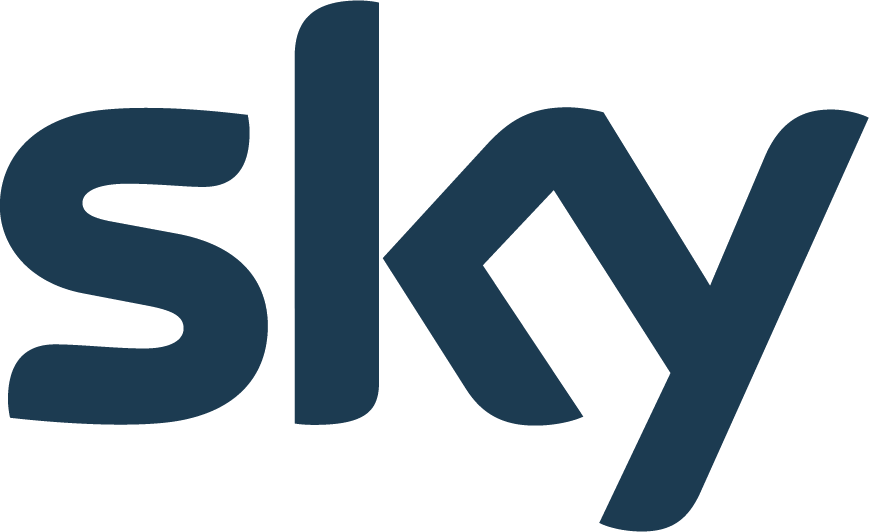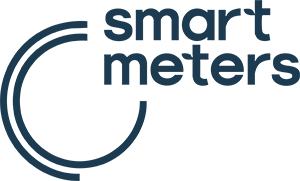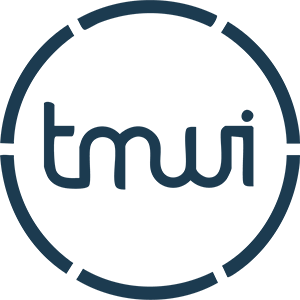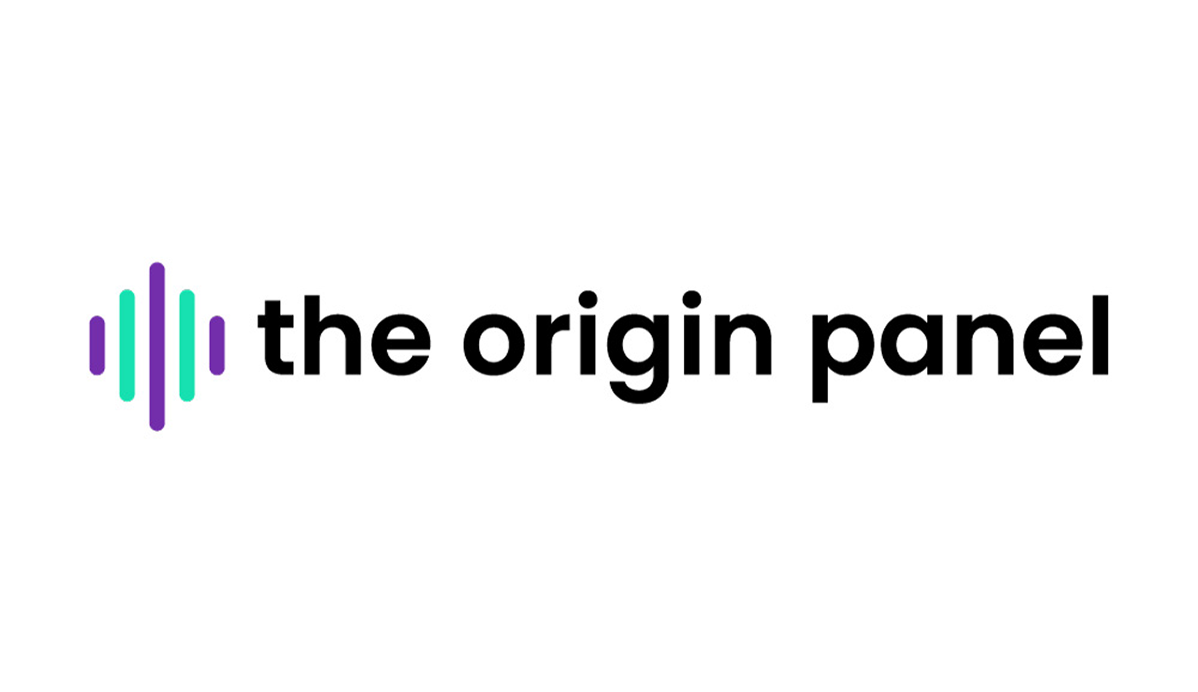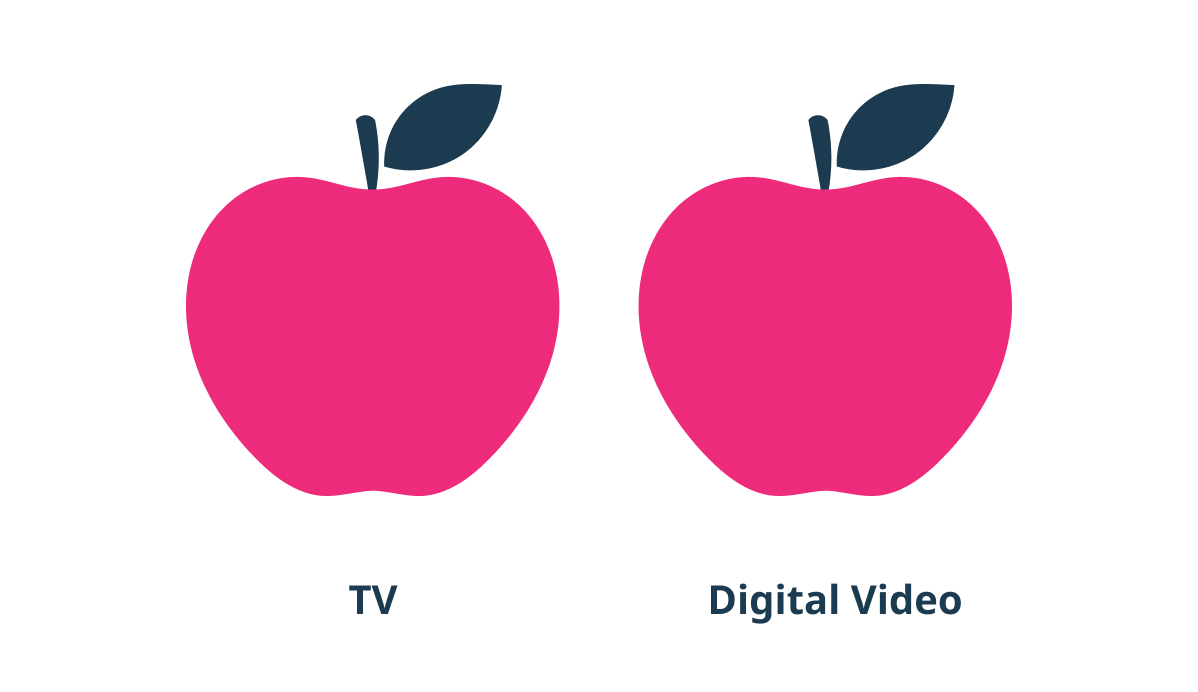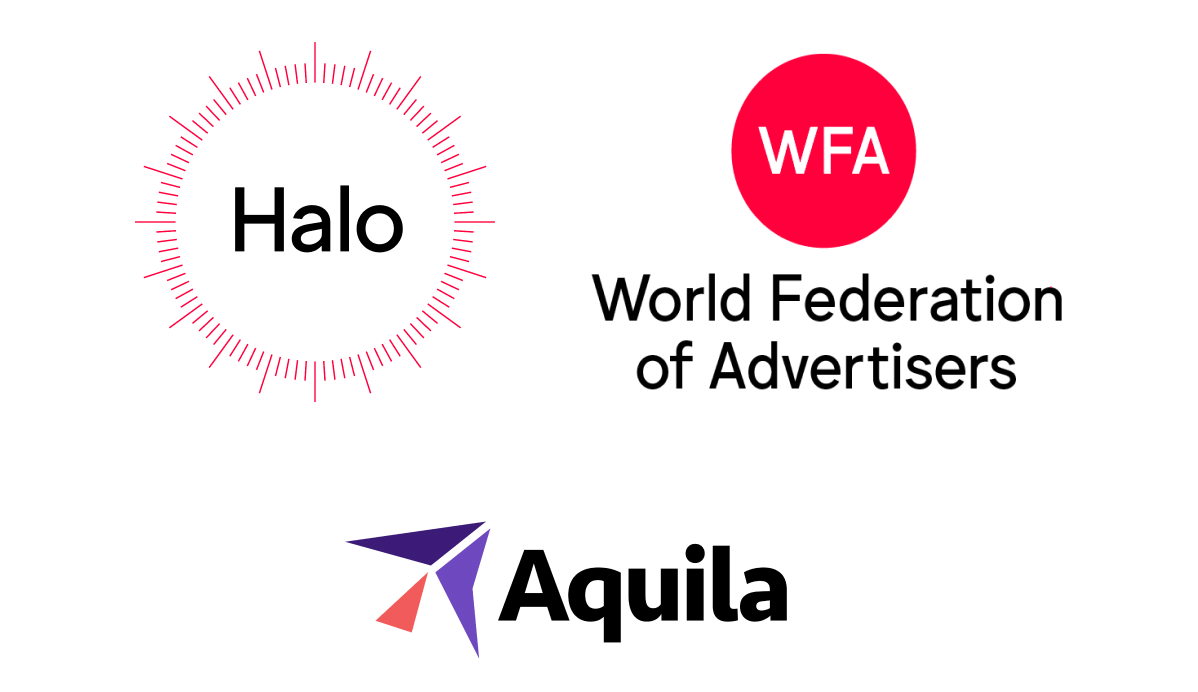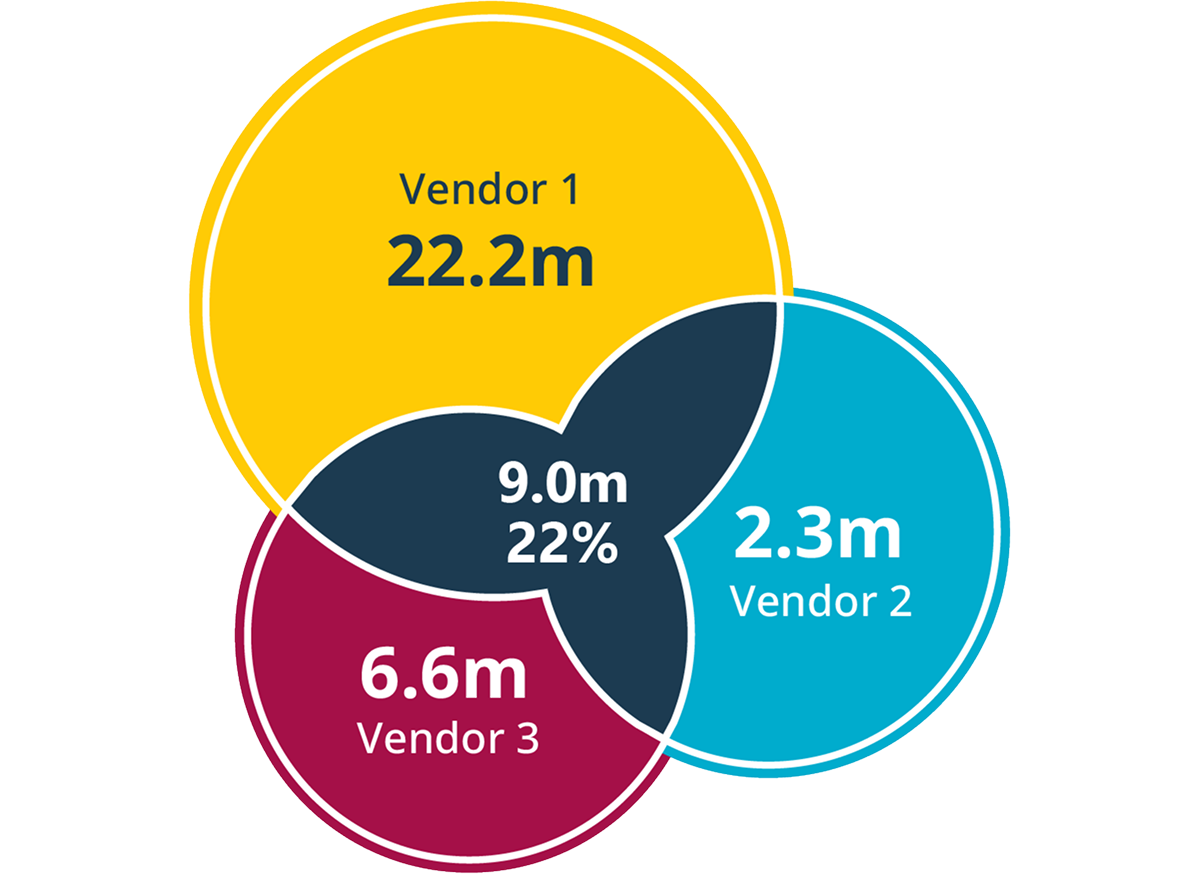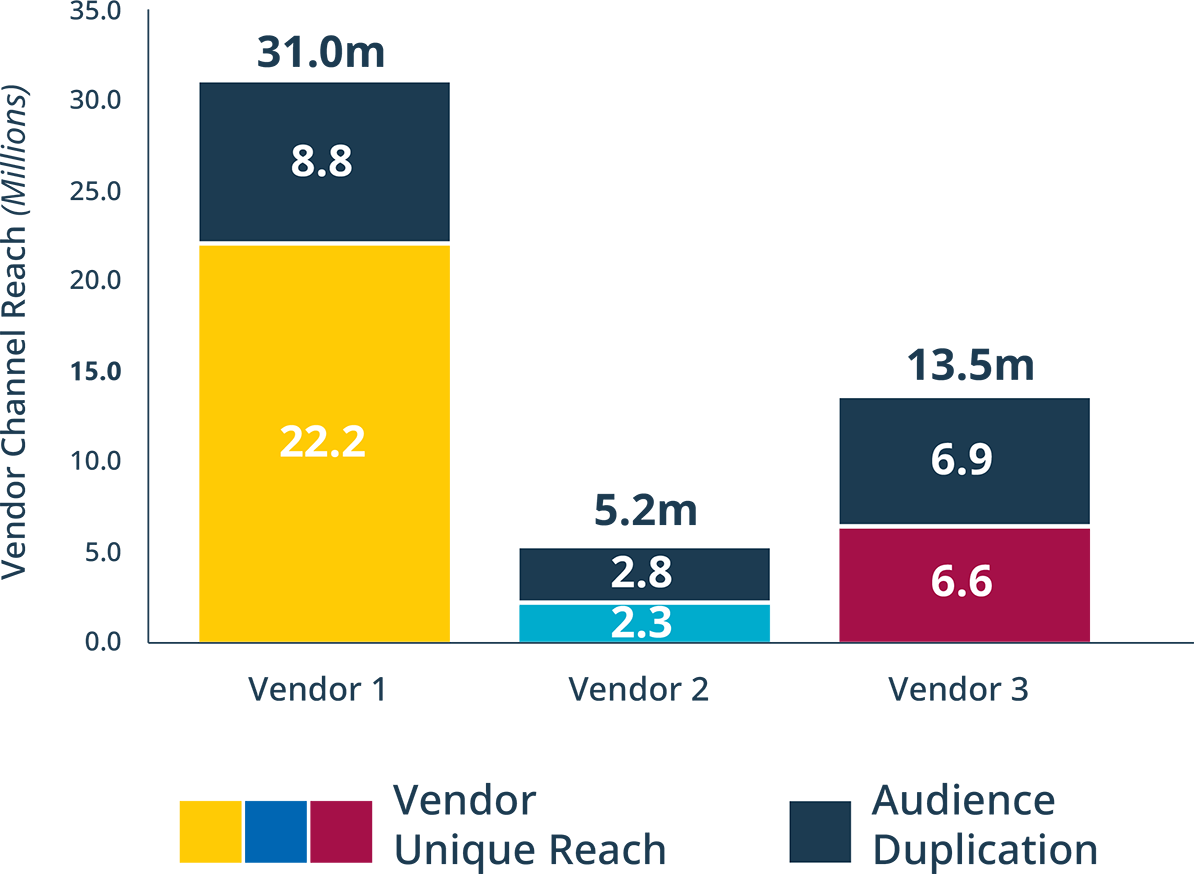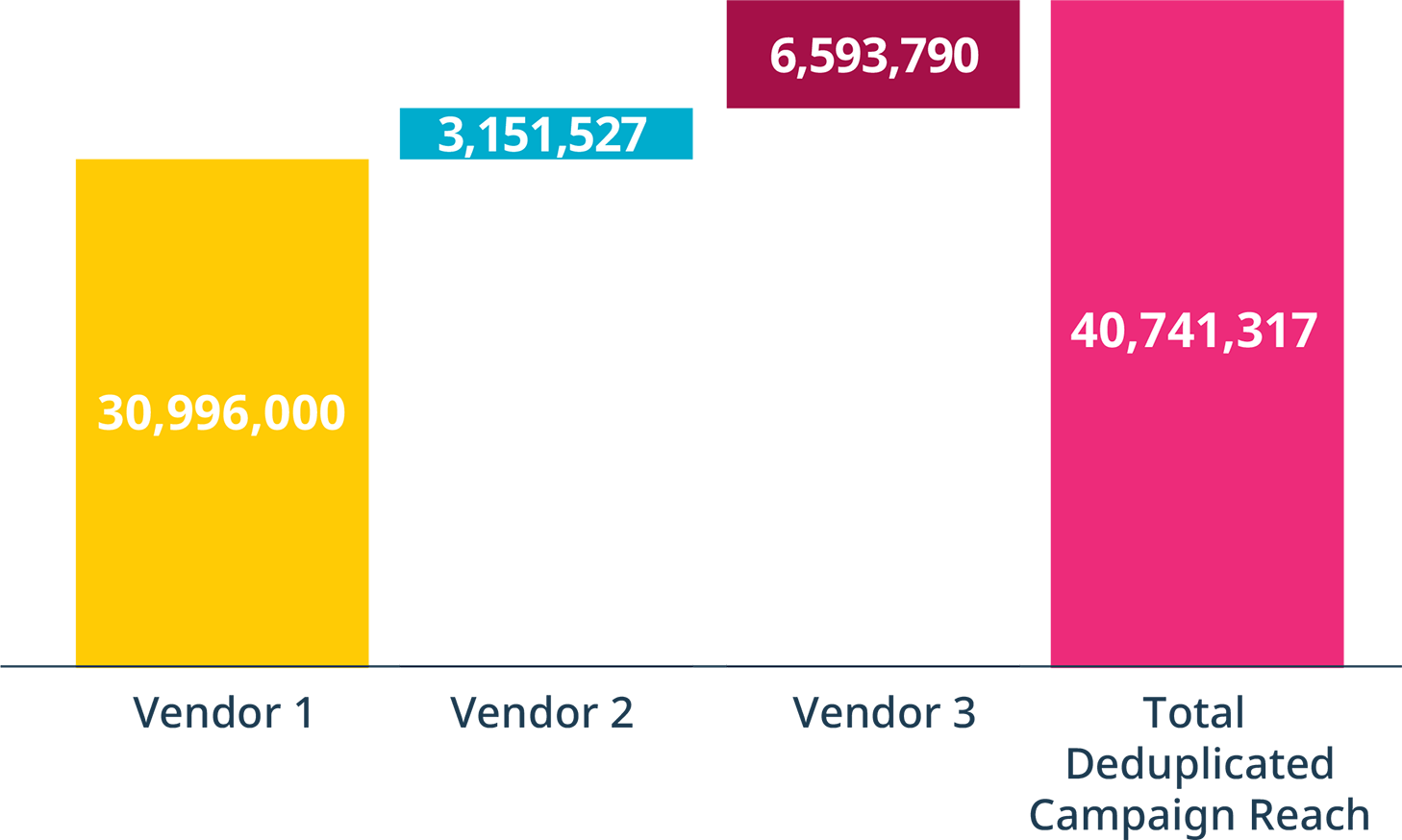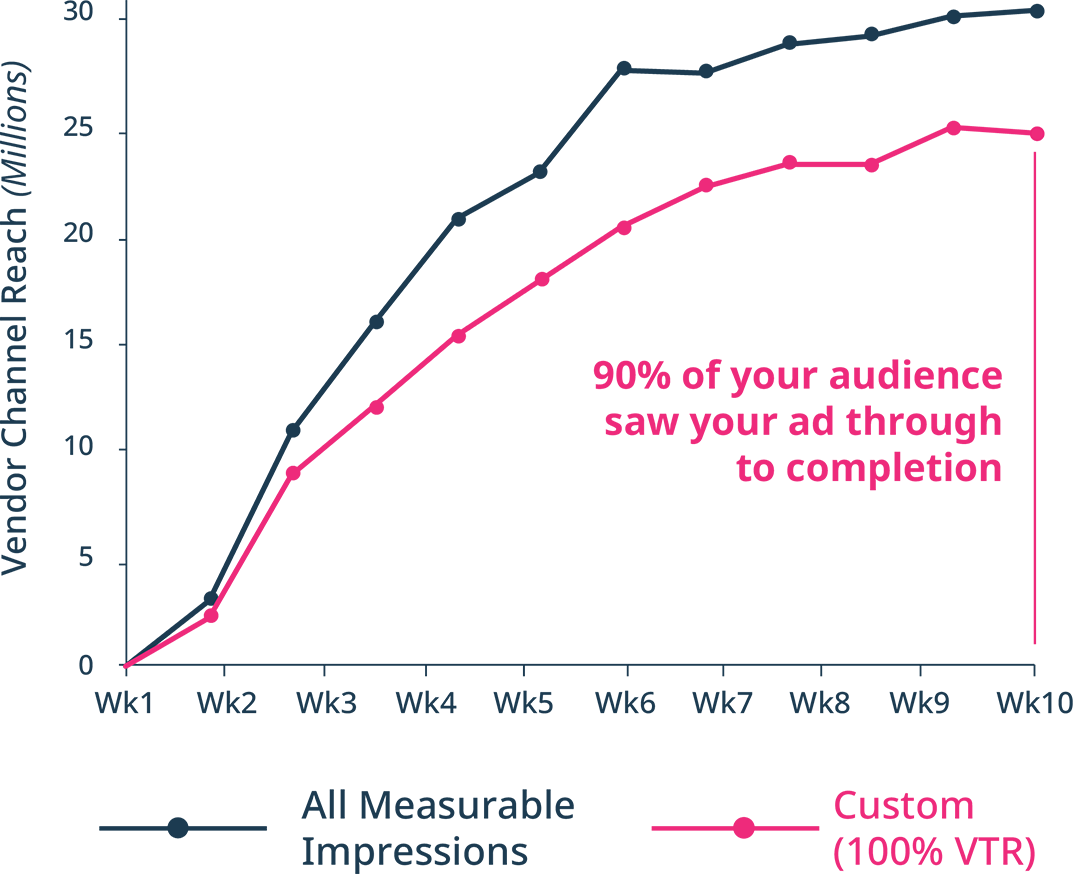Working with

What is Origin?
Origin is an advertiser-led cross-media measurement service. It produces reports showing the de-duplicated reach and frequency of multi-channel advertising campaigns.
Origin shows advertisers and their agencies how many people are reached by the media owners, channels and platforms on their schedule. It reports the unique reach of each touchpoint and identifies where touchpoints are working together to grow frequency.
Origin is a world-first:
Advertiser-led
Uses a single-source dataset
Built in a privacy-safe environment
Subject to exacting independent audit criteria

Why Origin
The UK media landscape has seen a proliferation of media channels and ad formats. The rate of change is accelerating and audiences are fragmenting across these touchpoints. Advertisers compensate by appearing in an increasing number of places, but struggle to understand how each touchpoint delivers reach and frequency.
And as digital platforms grow in importance, the absence of independent measurement becomes increasingly conspicuous, meaning:
Media planners struggle to deliver the fundamentals of their craft...
Ad bombardment undermines consumer trust in advertising.
This excess frequency means advertisers endure an estimated £3 billion in wastage yearly…

Cross-industry
collaboration
Origin is the UK manifestation of a global initiative led by the World Federation of Advertisers which documents the advertiser ambition for cross-media measurement.
The UK programme is orchestrated by ISBA (the Incorporated Society of British Advertisers). Origin is currently supported by almost 70 organisations (numerous leading advertisers, numerous media agencies and inventory partners representing a host of different media, e.g. digital platforms, news brands, magazines, DSPs, audio, direct mail, CTV and broadcast TV).

These stakeholders have committed time and resources to set the requirements for the Origin service.
Governed by its stakeholders, Origin is a testament to cross-industry collaboration. Origin is ‘built for the industry, by the industry’.
Origin has worked closely over the past few years with key partners Kantar and Accenture (who have built the Origin panel and technology platform, respectively).
Origin is a world first
It is an advertiser-led collaborative initiative that utilises a single-source dataset, built in a privacy-safe environment and surfaces cross-media measurement that is subject to exacting independent audit criteria.
Find out more about Origin by watching this short video.
Our Benefits
Origin improves the effectiveness and efficiency of cross-media ad campaigns by reducing wastage caused by duplicated reach & unwanted frequency. It also facilitates the optimisation and planning of in-flight campaigns and of future activity, respectively.
Origin allows advertisers to identify and eliminate excess frequency, making campaigns more efficient.
Experience
Consumers experience excess frequency as ‘bombardment’. Reducing this improves consumer perception.
Effectiveness
Campaigns that reach the right audience, in the right places the right number of times will be more effective.
Management
Origin empowers advertisers & agencies to make more informed campaign planning decisions.
User Control
Origin empowers end users to measure campaigns to their own parameters (e.g. video completion status).
Privacy Safe
Assurance via independent audit & stringent privacy protection.

The ability to view data across all our campaigns and media channels in a consistent and comparable manner, is a first for us and all other advertisers utilising Origin.
This will enable significant improvements in how we increase cross-media reach at a campaign level.
In the future, we are excited about the power of this data to fuel the effectiveness of our media investment.
Matt Thomas, Head of Brand & Media, N Europe, P&G
How does Origin work?

The secret to making Origin work is our Virtual person ID model (VID Model).
The VID model is a virtual representation of the UK population. The VID Model creates a unique Virtual person identifier for each member of the UK population. The model consists of approximately 55 million Virtual person IDs which are representative of the 55 million people in the UK over 16 years’ old.
The model assigns every campaign impression for each publisher or platform to a VID which enables us to calculate the campaign reach for any given campaign. This calculation is done using an externally audited privacy safe methodology.
How is Origin different?

Origin is funded by almost 70 stakeholders from across the industry
Origin is Advertiser-led and follows the WFA’s global principles for cross media measurement that ensure comprehensive, privacy safe, fair, trusted and transparent full funnel measurement
Use Cases
Proud to be working with
The ability to view data across all our campaigns and media channels in a consistent and comparable manner, is a first for us and all other advertisers utilising Origin.
This will enable significant improvements in how we increase cross-media reach at a campaign level.
In the future, we are excited about the power of this data to fuel the effectiveness of our media investment.
Matt Thomas - Head of Brand & Media, N Europe, P&G
Our clients have played a significant part in the Origin trials - representing about half of those involved. There will be undoubtedly more demand from our client base once it goes live so we welcome the announcement.
As an agency group, Origin has been one of our strategic priorities and adds rich data in an increasingly data-driven media world. We believe Origin data can be further leveraged in OMG’s systems and will be trialling the Origin API later this year to help facilitate this.
Bhavin Balvantrai - Chief Market Analyst at Omnicom Media Group
Frequently Asked Questions
Origin’s mission is to build the most-trusted, single-source platform that allows the planning, measurement and optimisation of cross-media campaigns – improving the effectiveness and efficiency of media investment.
There are numerous systems in the market that reportedly deliver some form of cross-media measurement.
Origin is different for the following reasons:
Origin is comprehensive: Origin is designed to be able to integrate all media channels. Whilst Origin currently incorporates linear TV, digital video and digital display comprising ~60% of UK ad spend, the roadmap seeks to scale that by integrating more media types. Later in 2025, with the integration of Amazon and TikTok inventory, we estimate that Origin will measure ~70% of UK ad spend. Other systems operate on a reduced footprint (mainly incorporating TV and digital video).
Origin is ad-based: Origin measures ad impressions. Other systems, such as the IPA Touchpoints, whilst being comprehensive in the number of media types covered, analyses share of time spent in each channel and not ad impressions.
Origin is non-proprietary: Origin is an independently audited and verified measurement platform like the existing UK JIC offerings. Indeed, Origin has been designed on JIC principles. As mentioned, it will allow the integration of JIC data and data inputs from the large platforms only once these datasets have been independently audited.
Origin measures all impressions (including TV) on a second-by-second basis across all channels offering a unique difference and a direct comparison of viewing rates across channels.
Origin data is the result of a global peer-reviewed methodology following a successful proof of concept study from the independent audience measurement experts at RSMB.
Origin utilises an advanced currency grade single source panel representing the UK population that independently measures cross media advertising exposure. The panel data informs the creation of a UK Virtual Person ID (‘VID’) framework where impressions from media entities are anonymously mapped to UK individuals. This is achieved by using advanced statistical processes where the panel is the independent source of truth. Publisher or platform first party data is adjusted to mirror real observed behaviours from the Origin panel so that all media channels’ reach & frequency estimates are treated fairly and equally.
As Origin adopts its own adjustments to publisher and platform data, results from Origin may differ from those you see within your own reporting tools. This should be expected, but if any larger divergences are observed users are asked to contact Origin who can investigate further.
We are currently only allowing generation of reports for a reporting window of the past 89 days. This means that campaigns that have ended before the 89-day window will not be viewable within the platform. However, campaigns that started before the 89-day window and are still ongoing will be shown and eligible to create reports for.
The limited reporting window is due to data retention rules during and will improve throughout 2025 and 2026.
Cross-media campaigns take up to 8 working days to be fully available within Origin. For example, if it is currently 19th of June you will be able to see completed cross-media data (Linear TV, Google and Meta data) up to the 11th of June.
Linear TV has an 8 working days delay for event data to become fully available, with initial data available with a 4 working days delay. The initial data is adjusted for any playback of recorded viewing that is captured in the 7 days after the broadcast date (7 days consolidated viewing).
Google has a maximum 7-day delay for event data to become available.
Meta has a maximum 3-day delay for event data to become available.
Origin reports are returned to you as an excel document which you will be notified are ready to download via email.
Your report output will be in an excel format. From there you can visualise the data in any way you choose. We have created some PowerPoint slides that can be used as a template, which will be hosted on our public website.
Origin is supported on each of the below web browsers. N.B. Firefox is not supported:
Chrome (minimum version “85”)
Edge (minimum version “85”)
Safari (minimum version “14”)
Origin measures video and display formats across YouTube, YouTube Shorts, Facebook, Instagram, Facebook Messenger, Facebook Marketplace and Linear TV.
It is important to remember that Origin doesn’t give right and wrong answers. Origin is a way of viewing your campaign information in a way that you haven’t been able to previously. Using the data you have to answer the communications and media questions that you are grappling with. The metrics we currently surface are:
Total Reach - The percentage of a designated audience (e.g., All adults, Females aged 16-34 years, etc.) exposed to a campaign during a given period, where 1+ is at least once, 2+ is at least twice, and so forth.
Unique Reach - The number of people who have seen an advert on a specific measured entity only (e.g. YouTube only) during a given period. This metric is only available for reports where more than one measured entity has been selected.
Incremental reach – Origin allows you to measure the % incremental reach that each media channel contributes to the campaign, based on the anchor media channel of your choice.
Duplicated reach and overlaps between channels.
Cumulative Reach – Raw data of the 1+ reach build-up, reported weekly across the selected time period.
Average Frequency - The average number of times an advert is seen by those within the target audience who see it at all.
Impressions - The total number of views or engagements of an advert (typically online) during a given period, including repeated views. ‘Impacts’ is an equivalent term for ads seen on TV.
Gross Rating Point - The total impressions related to the size of the target population, during a given period. One GRP is the equivalent of reaching 1% of the total potential audience. Two GRPs is the equivalent of reaching 1% of the audience twice or 2% of the audience once, and so forth.
Impression Filters – Define your own impression filters with reports pulling either all measurable impression, MRC standards for Display and Video (i.e. 100% in view, 2 continuous seconds) or your own custom filter. This is one of the USP’s of Origin, taking in all data on a second-by-second basis. It is important to ensure that you always compare your data sets on the same filters across the different media channels, e.g. AMI compared with AMI, MRC compared with MRC etc for each media channel. Your report will serve you the data across all of these filters so ensure you look at like for like comparisons.
Throughout 2025 and beyond, Origin will evolve into a more sophisticated product with new features continually released.
New features on our roadmap for 2025 includes the first iteration of the Origin API product, inclusion of additional media channels for measuring Amazon and TikTok inventory and extending the data reporting window to include data from early 2025 within reporting - building up this data repository moving forward. We will also increase the frequency distribution to 15+ to enable a wider frequency measurement than the existing 5+ distribution.
Significant technical enhancements will also underpin the product, resulting in quicker report generation for users and a new path for Media Owner integration, making integration for new data providers easier and more cost-effective.
Our goal is to ensure the product has significant utility across our entire user base, therefore we will continue to listen to the market and industry to refine and re-prioritise our roadmap moving forward.
As of today, TV will be reported as an aggregated (all stations combined) number. However, we know that being able to report at a more granular (e.g. sales house level) is of interest and this will form part of our future roadmap.
Meta is a similar instance also, all Meta inventory will be reported as an aggregated number, this covers all placements within the Meta portfolio.
Google is represented by YouTube inventory only.
The media types influence the impression filters that you are able to apply in your report. Origin categorises inventory into the following media types:
Video:
Linear TV
YouTube video ads including:
Instream skippable
Instream non-skippable
Bumper
Shorts
Display:
YouTube display ads
Other:
Facebook feed
Facebook in-stream video
Facebook video feed
Facebook reels
Facebook stories
Facebook marketplace
Messenger
Instagram feed
Instagram stories
Instagram reels
Instagram explore
